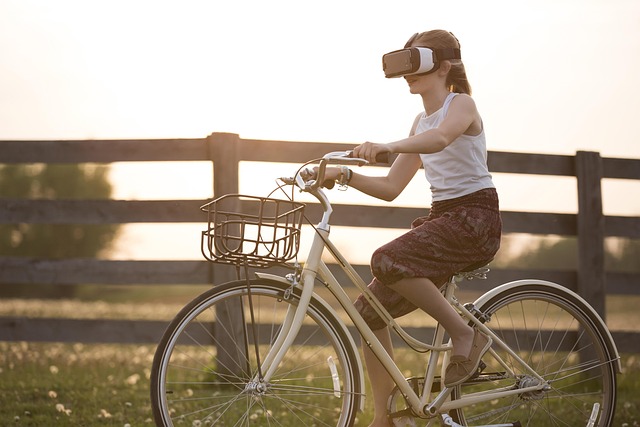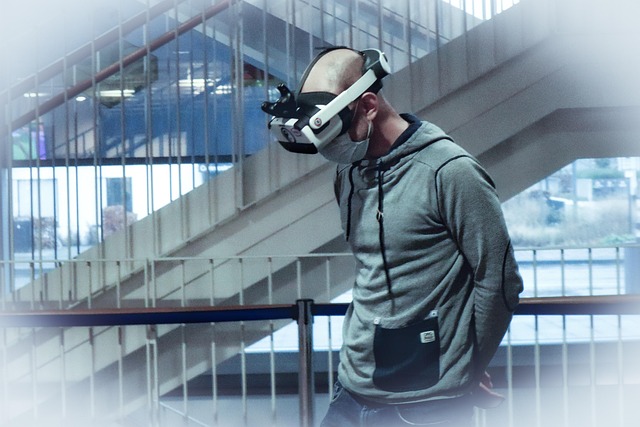As we stand on the brink of a revolutionary shift in how we interact with the world around us, digital integration is becoming more than just a buzzword; it’s a lifestyle, a necessity, and a gateway to unprecedented experiences. The merging of digital technology with real-world environments provides fertile ground for innovation, especially in the realms of virtual reality (VR), augmented reality (AR), and the metaverse.
The concept of virtual reality offers a fully immersive experience, transporting users into completely crafted worlds where their every action influences the environment around them. Imagine slipping on a VR headset and finding yourself in a serene forest, feeling the gentle breeze, hearing the rustle of leaves, and even smelling the pine trees—all without leaving your living room. This hyper-realistic experience not only serves as a retreat from our daily challenges but also opens doors to new forms of interaction, allowing users to socialize and collaborate in ways previously thought impossible.
While virtual reality pulls us into new dimensions, augmented reality blurs the lines between our physical and digital lives. With AR, digital elements adorn our reality, enhancing our perception of the world. Picture this: you walk into a café, and your smartphone displays the menu hovering above the counter, complete with enticing images of each dish. This is just a taste of how AR can enrich everyday interactions, helping us make more informed choices and enhancing our social engagements by providing context and depth to our surroundings.
The metaverse extends both AR and VR, creating an expansive digital universe that encompasses various environments, experiences, and interactions. As we delve deeper into this interconnected digital realm, our identities may shift, and new social norms may emerge. Whether attending a virtual concert with friends or having a business meeting in a simulated office, the possibilities are endless. The metaverse invites us to connect, create, and collaborate, breaking down geographical barriers and fostering a sense of global community.
However, navigating this future requires us to critically assess our relationship with technology. As we embrace digital integration, we must also find a balance that allows for authentic human connections alongside our digital interactions. This convergence of realities challenges us to think about how we define community, presence, and engagement in a world where digital and physical boundaries are increasingly blurred.
Embracing digital integration is not without its challenges. As we adapt to these new modes of interaction, considerations around privacy, security, and mental well-being must remain at the forefront of our conversations. Awareness and intentionality will be vital as we mold our digital landscapes, ensuring that they enhance rather than detract from our lived experiences.
As we embark on this exciting journey into a more digitally integrated future, we find ourselves on the cusp of immense possibilities. The fusion of virtual reality, augmented reality, and the metaverse not only promises to reshape how we interact with one another but also how we understand ourselves in this rapidly evolving digital age. The time has come to embrace this integration—transforming the way we connect, communicate, and ultimately, coexist in a world where the digital and physical are seamlessly intertwined.




